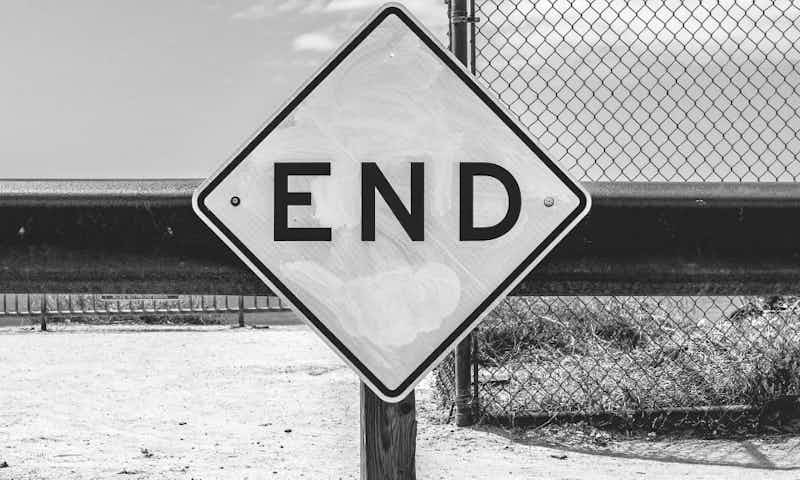How can bankruptcy trustees recover income contributions post-discharge?
One of the key responsibilities of a Bankruptcy Trustee is to assess and collect income contributions from bankrupt individuals. These contributions are portions of a bankrupt’s income that exceed a statutory threshold set by the Australian Financial Security Authority (AFSA). These contributions are assessed annually for the period of bankruptcy, which typically last 3 years from the filing of the bankrupt’s Statement of Affairs.
Under Section 149 of the Bankruptcy Act 1966 (the “Act”), a Trustee is empowered to lodge an objection to a bankrupt’s discharge if they fail to pay the assessed income contributions. Such an objection can extend the bankruptcy period by an additional five years, leading to continued assessments during this extended period and potentially increasing the debt payable to the Trustee. The threat of such an objection often ensures the bankrupt individuals comply with their payment obligations.
However, it is not uncommon for a bankrupt to fall into arrears on their payments as their discharge date approaches. Should a Trustee consider objecting to the discharge in these cases? The answer depends on the specific circumstances.
As a bankrupt’s discharge approaches, a Trustee will have a good understanding of the individual's compliance history and financial situation. A Trustee would typically consider lodging an objection on the grounds of non-payment only if there is a serious history of arrears or substantial non-compliance/ lack of cooperation during the final year of bankruptcy.
If the Trustee does not object to the discharge, what options remain for recovering any residual income contributions debt?
It's important to understand the distinction between discharge and the finalisation of a bankrupt estate. Upon discharge, an individual is no longer required to identify as bankrupt. However, the administration of their estate continues, along with certain obligations of the now discharged bankrupt pursuant to Section 152 of the Act, until the estate is fully finalised (i.e. all outstanding matters of the estate have come to an end and notice of the fact has been sent to Official Receiver).
Section 139R of the Act provides that after discharge, a bankrupt with an income contribution liability is still liable to pay the amount outstanding to the Trustee. While objecting to their discharge is no longer an option, most of the other tools available to a Trustee for an undischarged bankrupt remain available for a discharged bankrupt. This is because the definition of “bankrupt” for the relevant subdivision specifically includes a person who has been discharged from bankruptcy, provided their estate has not yet been finalised.
In this regard, the options available for a Trustee to recover the residual income contributions debt from a discharged bankrupt include:
Seek payment in full or negotiate terms
The Trustee can seek full payment of the outstanding income contributions or negotiate payment terms with the now-discharged bankrupt.Application for a Garnishee Notice
If negotiations fail, the Trustee can consider applying for a Garnishee Notice under Section 139ZL of the Act. These are typically used during the bankruptcy period as the circumstances arise but are also available post- discharge. They are generally only useful if the bankrupt is an employee as the notice can be sent to their employer to direct a portion of their income towards discharging the debt.Consider the Supervised Account Regime
This rarely used regime requires a bankrupt to open a supervised bank account, with all income deposited and withdrawals supervised by the Trustee. Similar to the Garnishee Notice, it is also available to be used on discharged bankrupts but typically only considered if the bankrupt is a sole trader with multiple income sources, as a 139ZL notice may not be a viable option.Commercial debt recovery actions
The Trustee might consider other commercial actions to recover the debt, similar to any standard debt recovery process. This could include pursuing subsequent bankruptcy proceedings (i.e. applying to make the discharged bankrupt, bankrupt again), though this is often impractical unless the bankrupt’s financial situation has drastically improved post-discharge (i.e. winning the lotto).
The possibility of an objection to discharge serves as a strong motivator for bankrupt individuals to comply with their assessed income contributions. The mere warning of an objection typically ensures compliance or facilitates negotiations with the Trustee if payments are in arrears. Once discharged, the risk of objection becomes irrelevant. Nevertheless, discharged bankrupts remain obligated to settle any outstanding income contribution debts and assist the Trustee in resolving any remaining matters to finalise the estate. Under these circumstances, the desire of a discharged bankrupt to have their bankrupt estate finalised often leads to full payment of any remaining debt or collaboration with the Trustee to arrange manageable payments. If negotiations are unsuccessful, Trustees may resort to utilising the powerful tools they retain after discharge to recover the debts.




